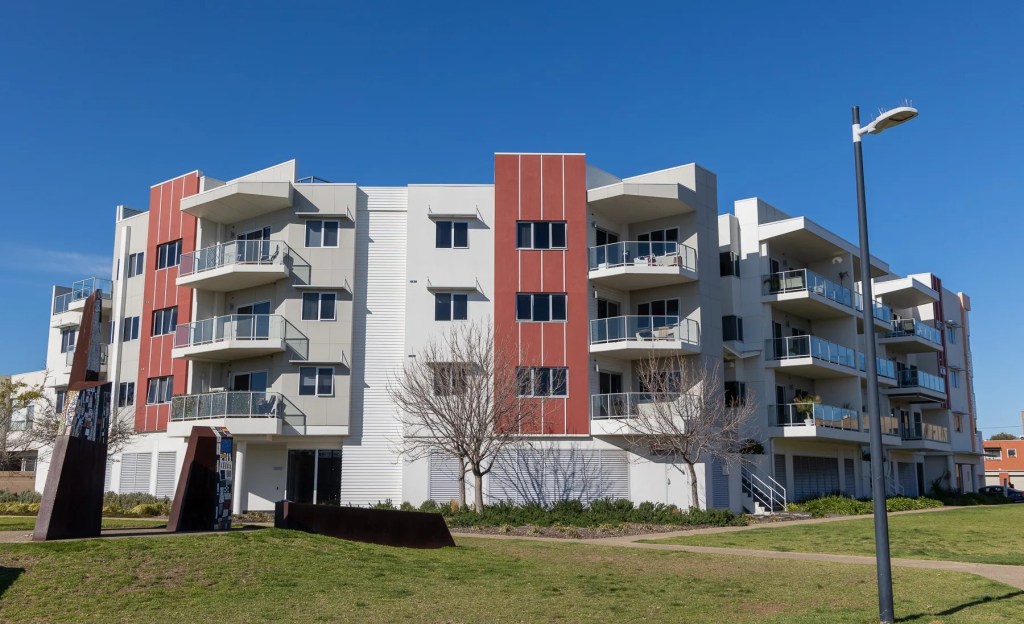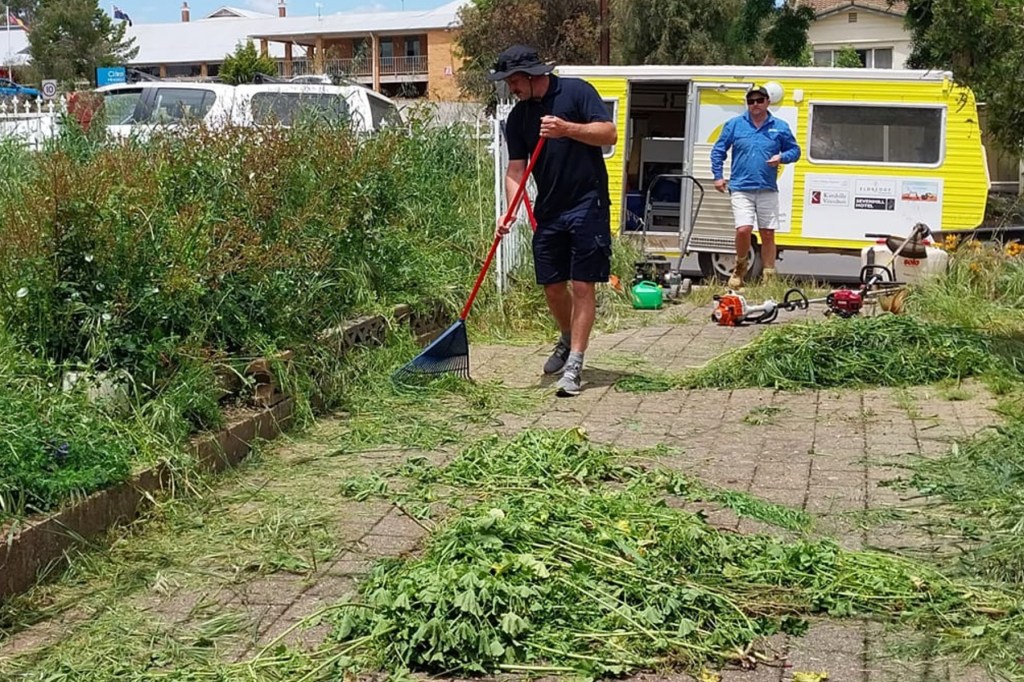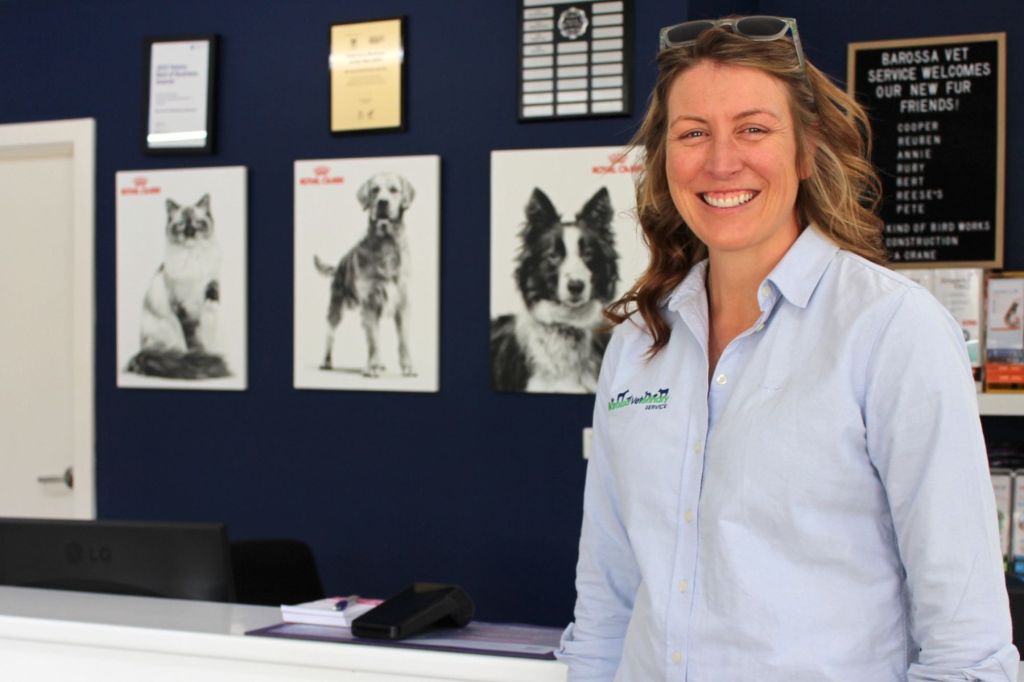Not for profits contribute more than we appreciate
The impact of the not for profit sector should have more influence on government policy, says Professor Ian Goodwin-Smith in the lead up to this year’s announcement of the state’s 50 biggest non profit organisations.

The director of the Centre for Social Impact at Flinders University, Professor Ian Goodwin-Smith believes the contribution of the not for profit sector to South Australia’s economic output is “largely not understood and not appreciated”.
The amount in dollar terms is significant – in 2021 it was $9.3 billion or 3.8 per cent. The sector, which takes in aged care, community housing, community services and disability services, is also a major employer, but Goodwin-Smith said this is just the tip of its contribution.
When we see those figures associated with the not for profit sector, what we’re seeing is an investment in social outcomes. And that’s the deeply significant byproduct of the sector,” he said.
The state’s top 50 not for profit community service organisations is set to be announced at the South Australian Business Index lunch, presented by InDaily on October 20.
He thinks a general lack of public awareness of the importance of the sector feeds into it being somewhat overlooked at a policymaking level.
“If there was a greater and broader public appreciation of the importance of the sector, both economically and socially, we probably would see it written into economic planning and strategic thinking in more overt and explicit ways,” he said.
“It’s always been a poor cousin I would argue in the public imagination compared to other industries and other sectors.
“But that poor cousin status is not the sector’s rightful place.”
The sector has been growing as successive governments moved away from providing some services.
“That’s a 30-year-old story, but it’s a story that’s still relevant and continuing,” he said.
“For example, we have seen the State Government over the last decade divest itself of a number of its direct interests in the disability space, which are now taken up by providers, both for profit and not for profit.
“So, that kind of shift is part of the growth equation.”
Stay informed, daily
Goodwin-Smith said social need has also been behind the growth.
“Some of that’s demographically inevitable, in terms of demographic drivers, for example, in the growth of the aged care sector.
“But some of those drivers are more around worrying indicators, such as an increase in food insecurity [and] the negative social indicators that we see associated with the growth in inequality.”
He sees the shift from government to community providers as not always a bad thing.
“Over the last decade, we’ve seen a growth in the amount of community housing in South Australia, and that’s largely been a product of the transfer of tranches of public housing to the community sector,” he said.
This began in 2013 under the government’s ‘Better Places, Stronger Communities (BPSC)’ program.
“It’s been a very positive development in terms of outcomes,” he said.
“In general, [The Centre for Social Impact’s] research has shown there’s merit to that idea of non profit providers undertaking the role of social landlords, instead of government being the landlords.
“We’ve seen some improved outcomes associated with that.
“But, in terms of an overall growth in community housing or social housing more broadly, that growth still lags way behind the need.”
Goodwin-Smith believes the Federal Government’s establishment of the $100 million Outcomes Fund will help to attract more investment into social housing and other areas.
“What I think we’ll see over the next 10 years is an increasing amount of non-public funding in the sector […] whether from philanthropic investors, investors in social impact related investments that also produce a financial return, or investors who are just looking to diversify their investment portfolios.”
The South Australian Business Index is the definitive ranking of the state’s top 100 companies.








